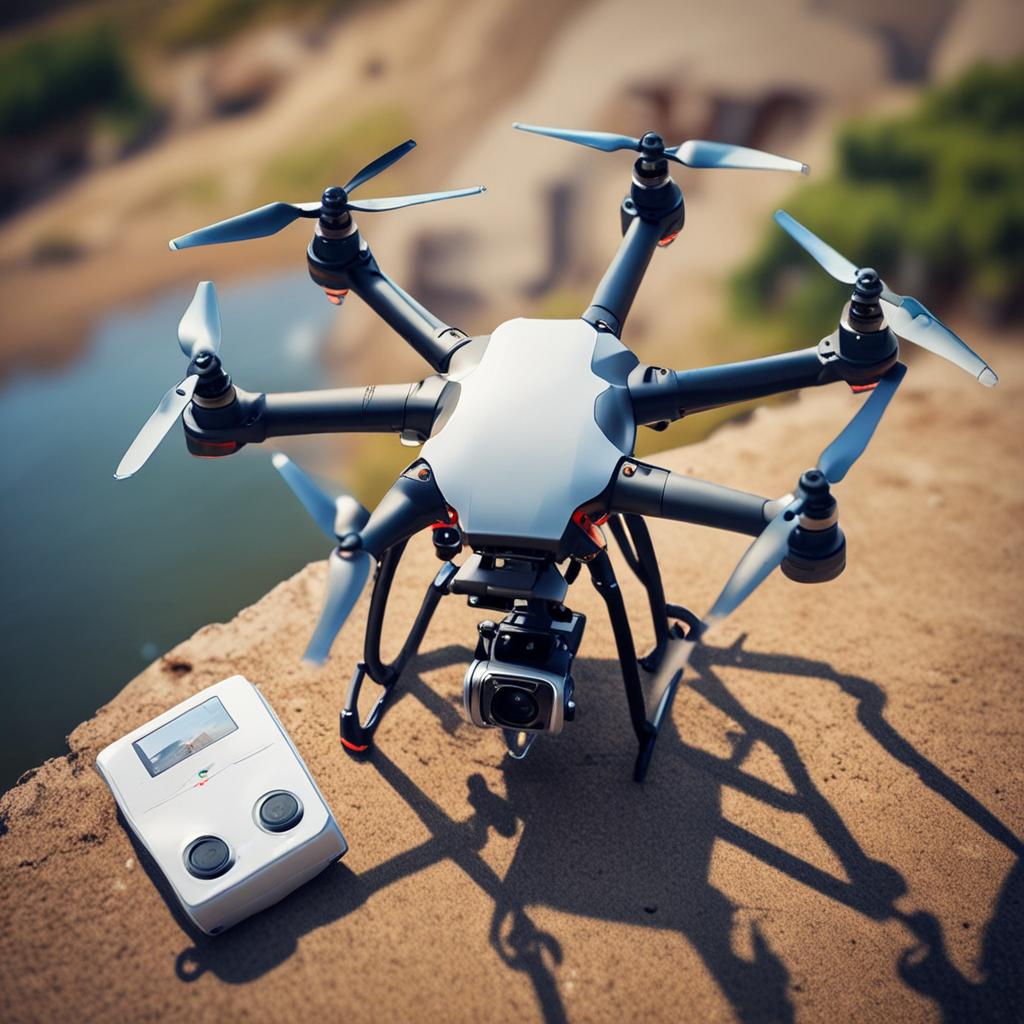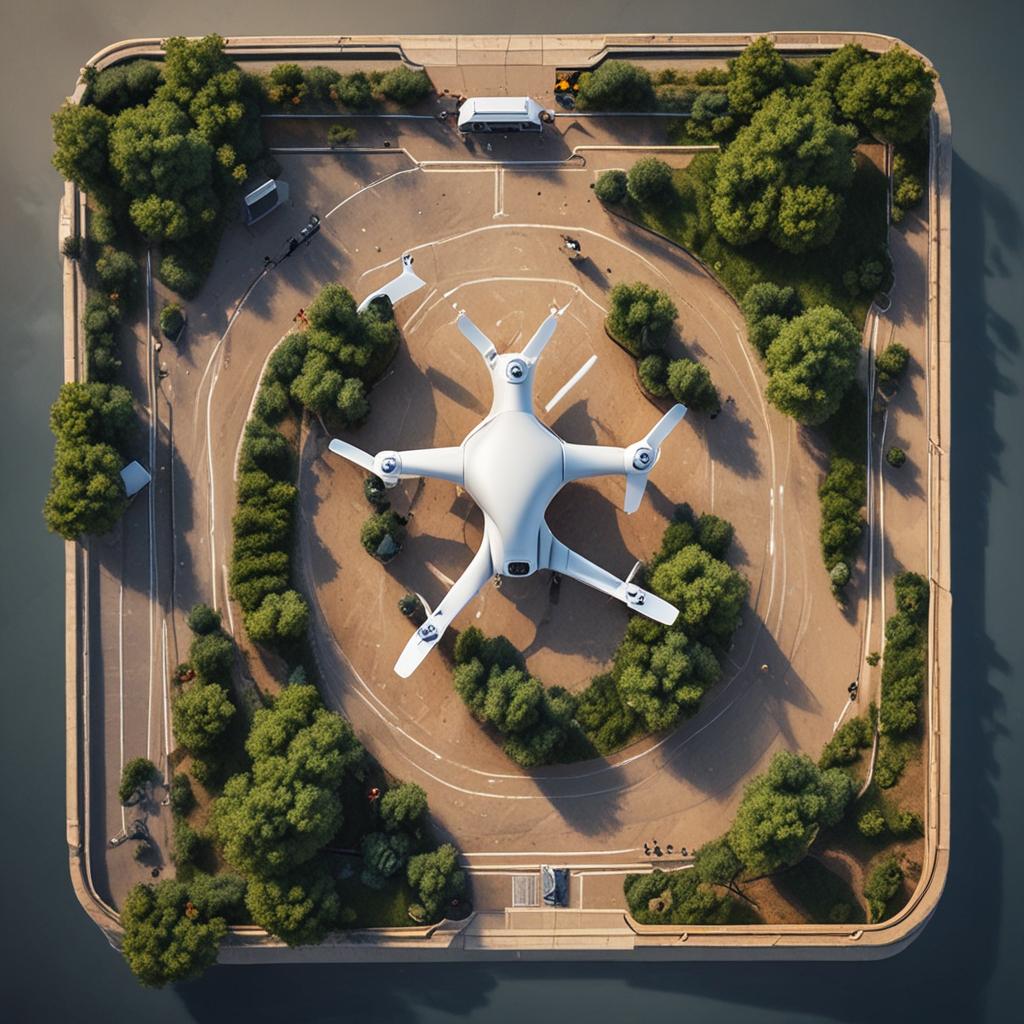Drones have revolutionized the way we capture moments, explore landscapes, and even conduct professional work. Whether you’re an amateur photographer, a hobbyist, or a professional in fields like agriculture, filmmaking, or surveying, drones offer an unparalleled perspective. However, flying a drone comes with responsibilities—understanding local regulations, mastering flight controls, and ensuring safety are essential. This guide will walk you through everything you need to know to use a drone effectively and responsibly.
Choosing the Right Drone for Your Needs
Understanding Drone Types
Drones come in various shapes, sizes, and capabilities. The most common types include:
- Consumer Drones: Ideal for beginners, these drones are user-friendly and often come with built-in cameras.
- Professional Drones: Designed for advanced users, these models offer higher resolution, longer flight times, and additional features like obstacle avoidance.
- Industrial Drones: Used for commercial purposes like aerial surveying, agriculture, or inspections, these drones are rugged and equipped with specialized sensors.
Key Features to Consider
When selecting a drone, consider the following features to ensure it meets your needs:
- Camera Quality: If you plan to take aerial photos or videos, look for drones with high-resolution cameras and stabilization features.
- Flight Time: Battery life varies by model; longer flight times are crucial for extended sessions.
- Range and Speed: Determine how far and fast you need the drone to fly based on your intended use.
- Ease of Use: Beginners should opt for drones with intuitive controls and features like one-touch takeoff/landing.
Preparing for Your First Flight
Check Local Regulations
Before taking your drone to the skies, familiarize yourself with local laws and regulations. Many countries require registration, and there may be restricted zones like airports or military bases where flying is prohibited.
Essential Checklist
Goal Definition
Clearly define objectives and success metrics
Resource Planning
Allocate necessary time, budget, and personnel
Implementation Strategy
Develop step-by-step execution plan
Quality Assurance
Establish testing and validation procedures
Performance Monitoring
Set up tracking and reporting systems
Essential items for How to Use Drone

Assemble and Charge Your Drone
Follow the manufacturer’s instructions to assemble your drone properly. Ensure all propellers are securely attached and the battery is fully charged. Most drones also require a mobile app or remote controller for operation.
Mastering Basic Flight Controls
Understanding the Remote Controller
The remote controller is your primary tool for navigating the drone. Key controls include:

- Left Stick: Controls the drone’s altitude and rotation.
- Right Stick: Manages directional movement (forward, backward, left, right).
- Buttons: These may include takeoff/landing, return-to-home, and camera controls.
Practice in an Open Area
Start flying in a spacious, obstacle-free area like an open field. Begin with basic maneuvers like hovering, turning, and gentle movements before attempting more advanced techniques.

Advanced Drone Techniques
Using GPS and Autopilot Features
Many modern drones come with GPS and autopilot features that enhance stability and allow for automated flights. These features can help you capture smoother footage or navigate pre-programmed routes.
Capturing High-Quality Footage
To get the best shots, experiment with different angles, altitudes, and camera settings. Use slow, controlled movements and avoid sudden jerks to maintain smooth, cinematic footage.
Safety Tips for Responsible Flying
Always prioritize safety when flying a drone. Here are some essential tips:
- Avoid flying near people, animals, or private property without permission.
- Keep the drone within your line of sight to prevent accidents.
- Monitor battery levels and return the drone before it loses power.
- Stay updated on weather conditions, as wind and rain can affect flight stability.
Conclusion
Using a drone can be an exciting and rewarding experience, whether for personal enjoyment or professional purposes. By choosing the right drone, understanding local regulations, and practicing safe flying techniques, you can maximize your drone’s potential while ensuring a positive experience for everyone. Start with the basics, build your skills, and soon you’ll be capturing stunning aerial footage like a pro!
